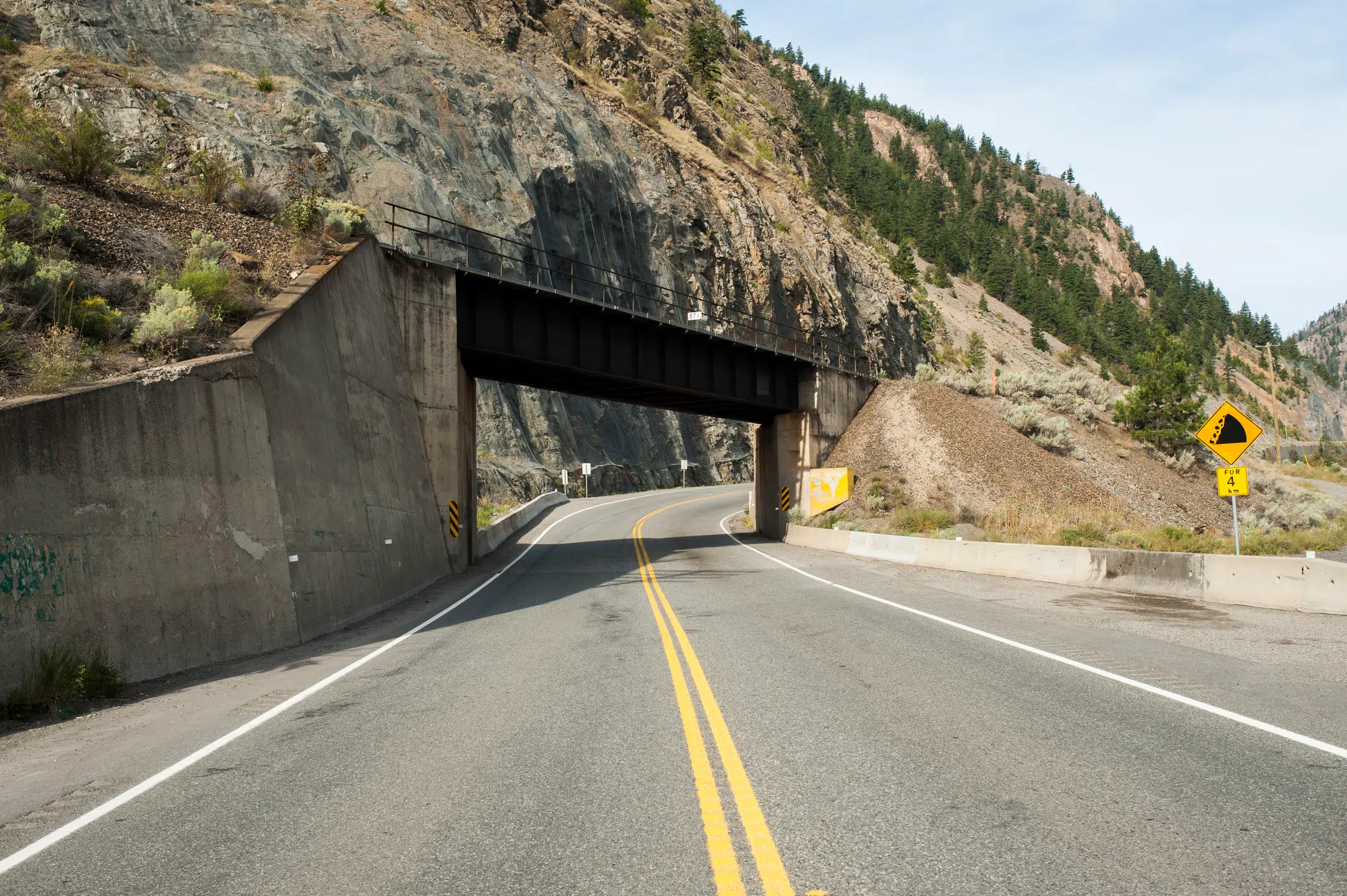
The Fraser Canyon: B.C.’s forgotten highway
AS YOU DRIVE THE FRASER CANYON and compare it to other major highways, it seems to be the ‘forgotten’ highway. There is a lot of traffic moving through it, but not too many people actually stop to spend time in places like Hope, Yale, Boston Bar and Lytton.
It’s a shame because of the beautiful scenery, unique experiences and recreational opportunities these communities have to offer. They have been facing a variety of challenges including the closure of hotels, stores and gas stations in addition to mills that were big local employers. These communities also suffer from a lack of attention being paid to them by government. They have lost provincial offices and the family-supporting jobs they provide. They haven’t seen much tourism promotion, nor any capital improvements to Highway 1 through the Canyon.
These communities could use some tourism investments, in the form of marketing efforts, pull-outs, washrooms, or new tourist spots to pique people’s interest in this wonderful area. They could also benefit from economic development initiatives — some support to diversify, grow new sectors and attract investment.
Transportation initiatives to increase accessibility to their towns, and improved signage to draw people in would also be helpful. The Opposition continues to put pressure on B.C. Transportation Minister Claire Trevena to resolve the gaps in bus service following Greyhound’s departure from the province.


